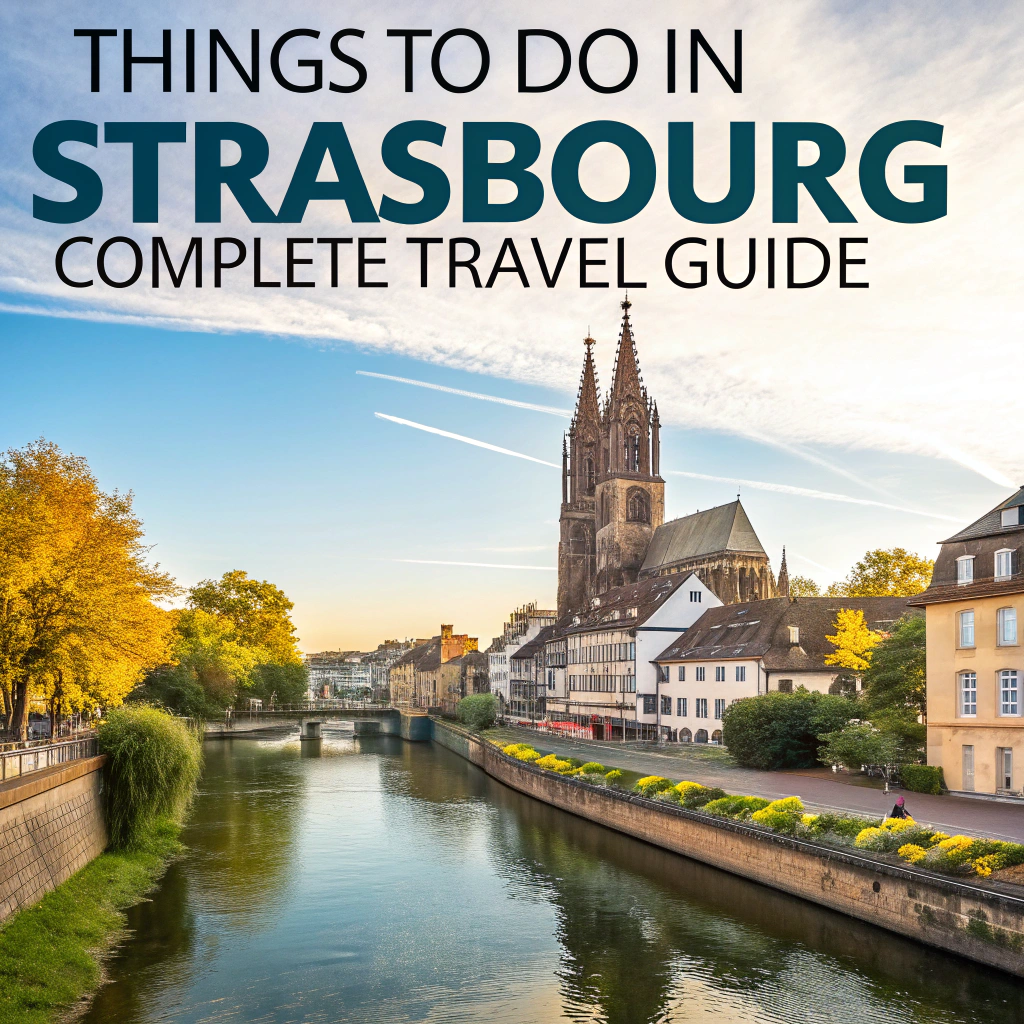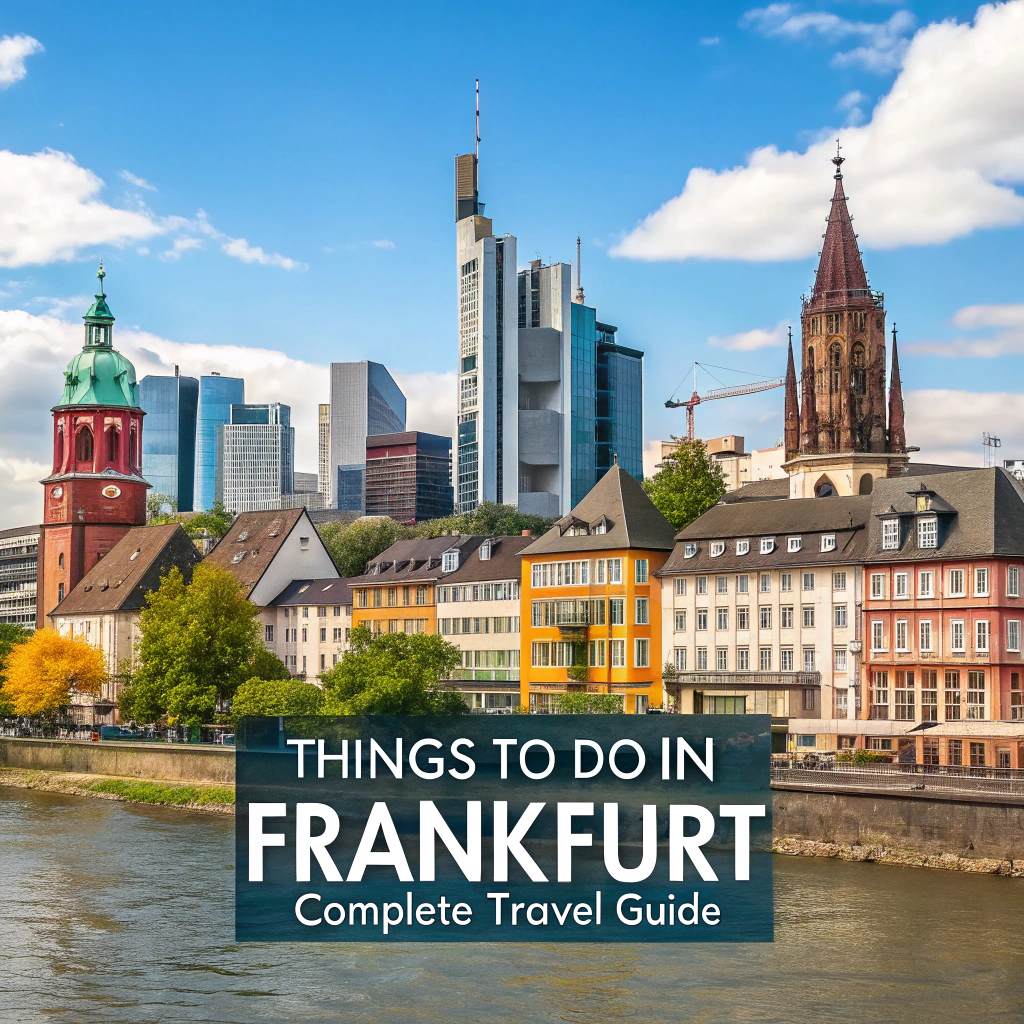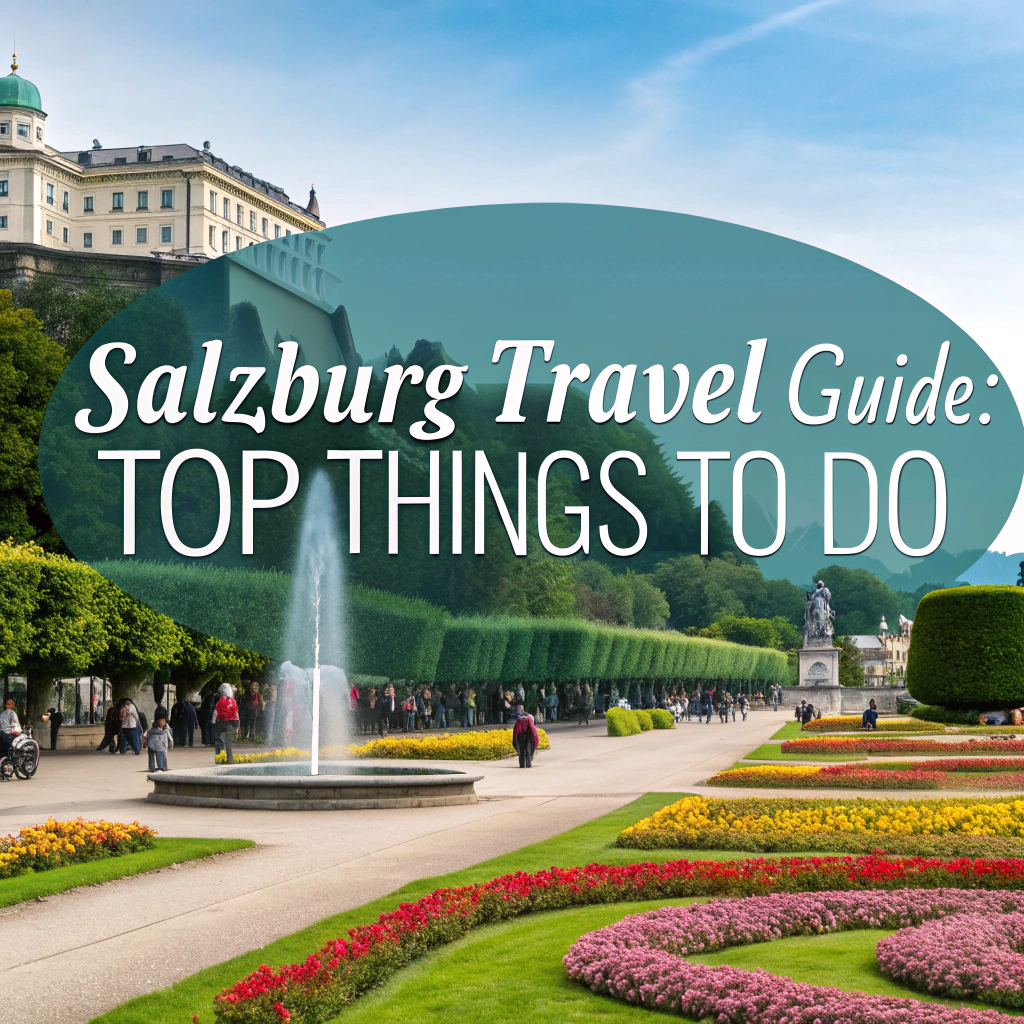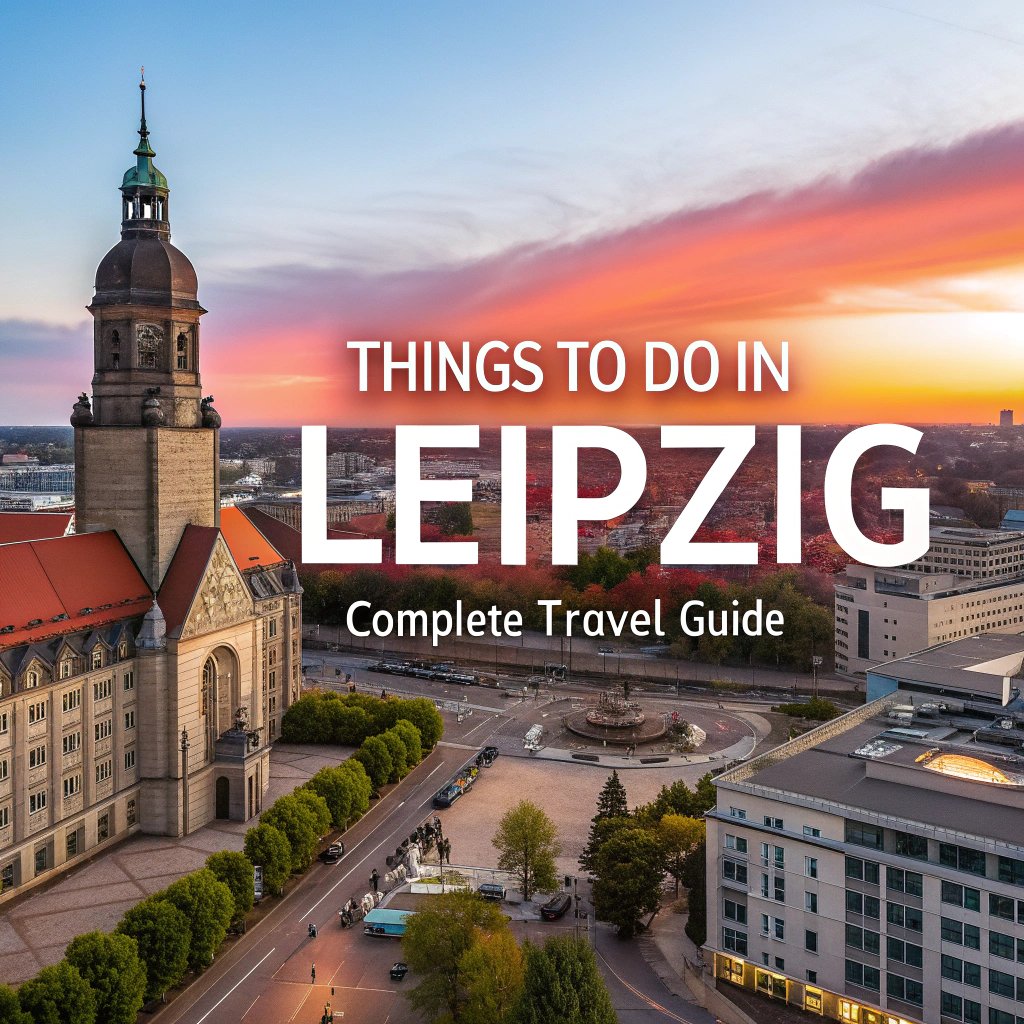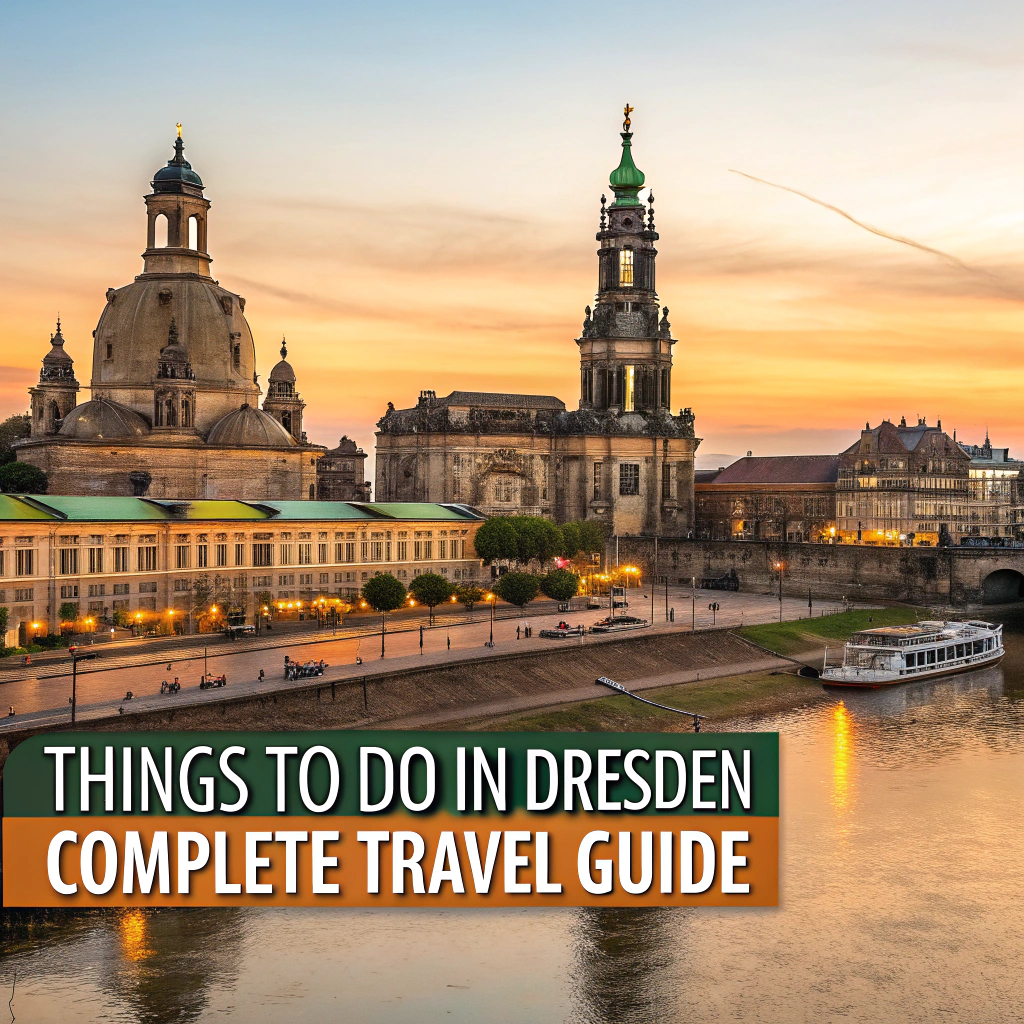The Ultimate Boulder Hang Gliding Guide: Best Sites, Seasons, and Schools
Welcome to Boulder — Where Even Humans Learn to Fly
Ah, Boulder, Colorado — the land of craft beer, endless hiking trails, stunning mountain views, and… hang gliding? Yep, you heard that right. While most people come here to climb, hike, or sip oat milk lattes on Pearl Street, some of us prefer to take adventure to new heights. Literally.
If you’ve ever gazed up at those colorful wings floating through the Colorado sky and thought, “Hey, that looks fun — and mildly terrifying”, you’re in the right place. In this guide, we’ll walk (and fly) you through the best hang gliding spots in Boulder, when to go, what gear you need, and how not to plummet to earth like a cartoon anvil.
So buckle up your harness — we’re going flying.
Why Boulder Is Basically Hang Gliding Paradise
Let’s be honest — if Mother Nature were designing the perfect hang gliding playground, Boulder would be it.
- Perfect terrain: Rolling foothills, towering mountains, and launch sites so scenic they look like desktop wallpapers.
- Friendly weather (most of the time): Consistent thermals and ridge lift that make flying smoother and longer.
- Community of sky junkies: Plenty of instructors, fellow pilots, and clubs eager to welcome newcomers.
- Quick access: You don’t have to drive for hours — most launch sites are within spitting distance (okay, maybe a 20-30 minute drive, but you get the point).
If you’re going to dangle under a giant fabric wing thousands of feet in the air, you may as well do it where the views are epic.
The Top Hang Gliding Spots in Boulder (a.k.a. Where the Magic Happens)
1. Wonderland Lake — The Bunny Slope of Hang Gliding
Think of Wonderland Lake as the baby pool of hang gliding. It’s the perfect place to dip your toes (and your entire body) into the sport.
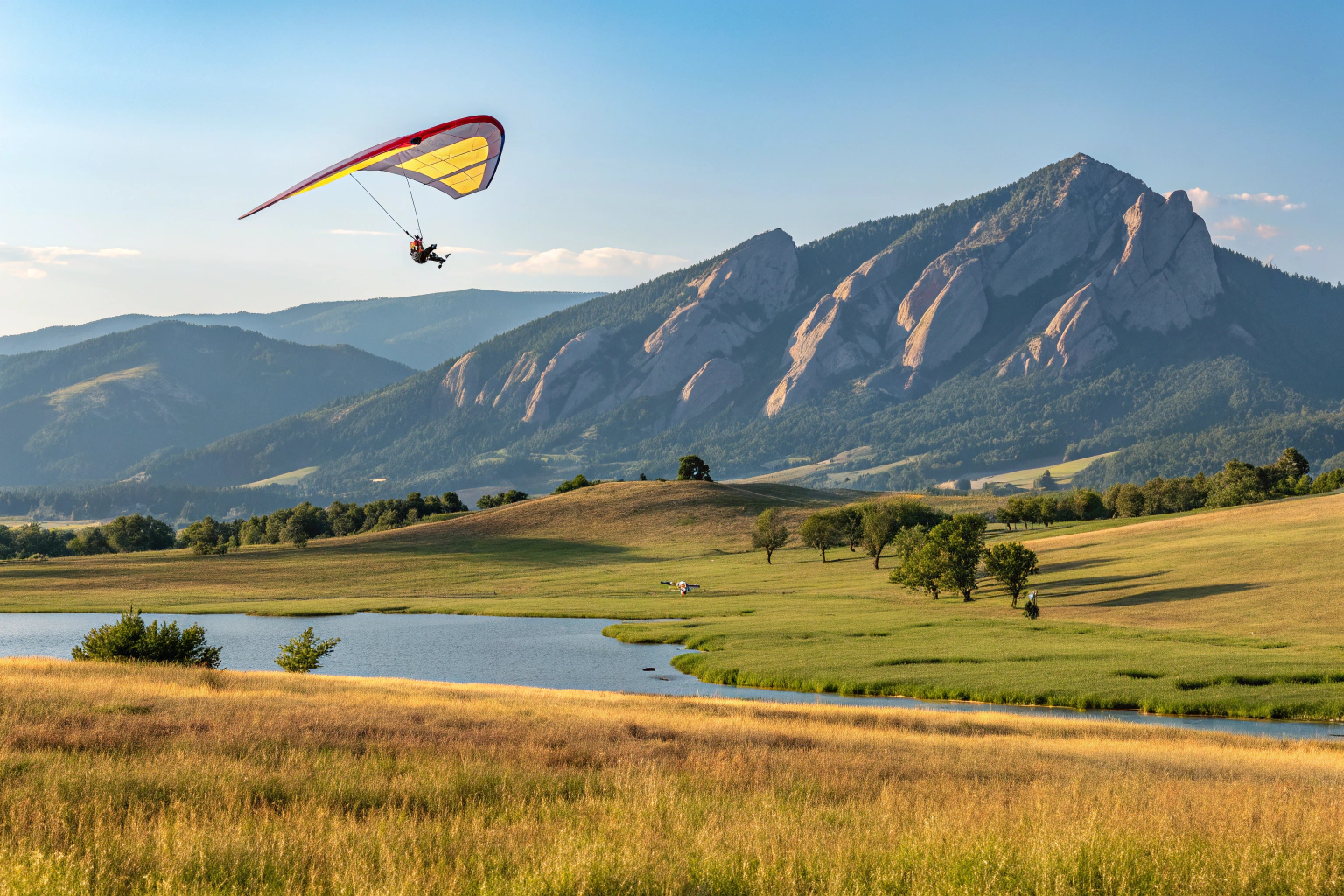
- Altitude: About 5,700 feet above sea level — high enough to impress your friends, low enough to stay chill.
- Skill level: Beginner-friendly.
- Landing zones: Wide open, forgiving meadows (ideal for when you’re still perfecting those landings that don’t end in a roll).
- Winds: Best with south to southeast winds.
- Access: Super easy — drive, park, short walk, and you’re at launch.
Great for lessons, first solo flights, or if you just want to avoid explaining a crash landing to your mom.
2. Mount Sanitas — A Little More Spice
Once you’ve got the basics down, Mount Sanitas ups the ante. Stronger thermals mean longer airtime, but also more skill required.
- Altitude: Around 6,800 feet.
- Skill level: Intermediate.
- Landing zones: Smaller — you’ll need to actually steer.
- Winds: South to southwest.
- Access: Moderate hike — think of it as your warm-up workout.
Sanitas offers stunning views of Boulder and the plains, plus a nice boost to your confidence level.
3. Flagstaff Mountain — Not for the Faint of Heart
This is where hang gliders start to feel like true aerial badasses. The views? Unreal. The stakes? Slightly higher.
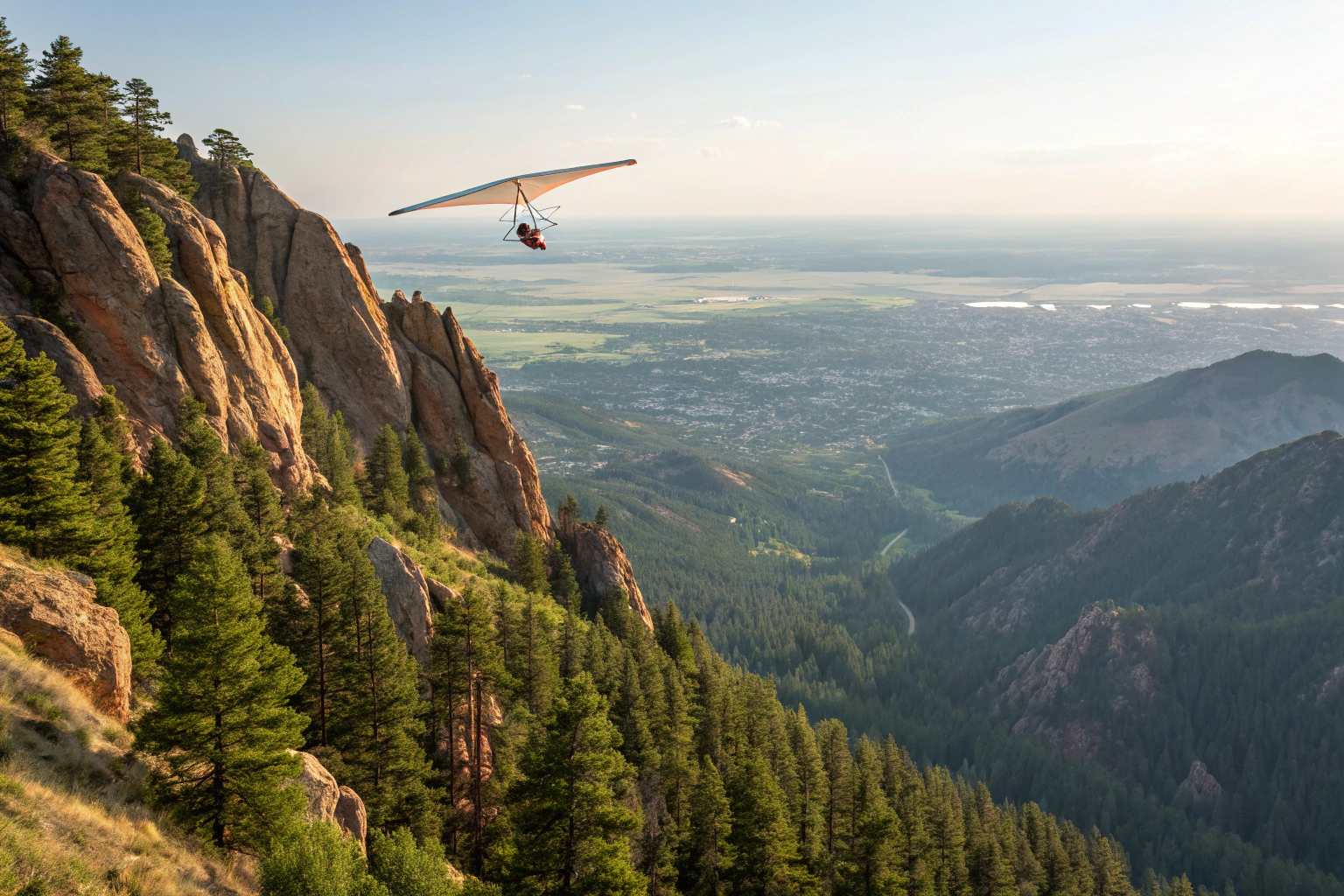
- Altitude: About 7,000 feet.
- Skill level: Advanced.
- Landing zones: Sparse — plan carefully.
- Winds: Southwest is your friend.
- Access: Drive-up with short hikes to launch points.
Flagstaff rewards skill with incredible, long, and thrilling flights — but don’t let the pretty views distract you. This one requires experience and careful planning.
Sugarloaf Mountain — High, Remote, and Worth It
Sugarloaf is where you go when you want to get away from it all — except gravity, of course.
- Altitude: Roughly 8,500 feet.
- Skill level: Advanced (for those who like their air thin and their views endless).
- Landing zones: Remote — choose your spot wisely.
- Winds: South and southeast.
- Access: Bring your 4WD and a sense of adventure.
If you want peace, quiet, and the ultimate Colorado backcountry flying experience, this is your spot.
Lookout Mountain (Golden, CO) — Boulder’s Friendly Neighbor
Okay, technically this one’s about 40 minutes south of Boulder, but it’s worth mentioning because it’s one of Colorado’s most famous and beginner-friendly hang gliding spots.
- Altitude: Around 7,300 feet.
- Skill level: Beginner to advanced.
- Landing zones: Generous and forgiving.
- Winds: East is best.
- Access: Easy drive-up access.
Many local schools bring students here for lessons, making it a great option if you’re starting out.
When to Spread Your Wings (aka The Best Time to Fly)
Timing your flight can be the difference between a dreamy glide and a wild rollercoaster ride:
| Season | Conditions | Notes |
|---|---|---|
| Spring (April-May) | Smooth thermals | Perfect for beginners. |
| Summer (June-August) | Strong thermals | Great lift, but beware those afternoon storms! |
| Fall (Sept-Oct) | Stable air | Gorgeous views, mild weather. |
| Winter | …Cold | Possible, but not for the faint of heart or fingers. |
Local Hang Gliding Schools & Clubs (Your Flight Crew)
Rocky Mountain Hang Gliding & Paragliding Association (RMHPA)
Your go-to club for meeting fellow pilots, learning the ropes, and finding mentors.
Adventure Paragliding (Boulder Area)
- Tandem flights.
- Certified instruction.
- Gear rental & sales.
Mile High Hang Gliding (near Denver)
- Full certification programs.
- Tandem flights for first-timers.
- Experienced instructors who won’t let you crash (hopefully).
Pro tip: Always choose a USHPA-certified school or instructor. The certification means they actually know what they’re doing — kind of important when you’re dangling 3,000 feet in the air.
Your Hang Gliding Packing List (a.k.a. Don’t Forget Your Parachute)
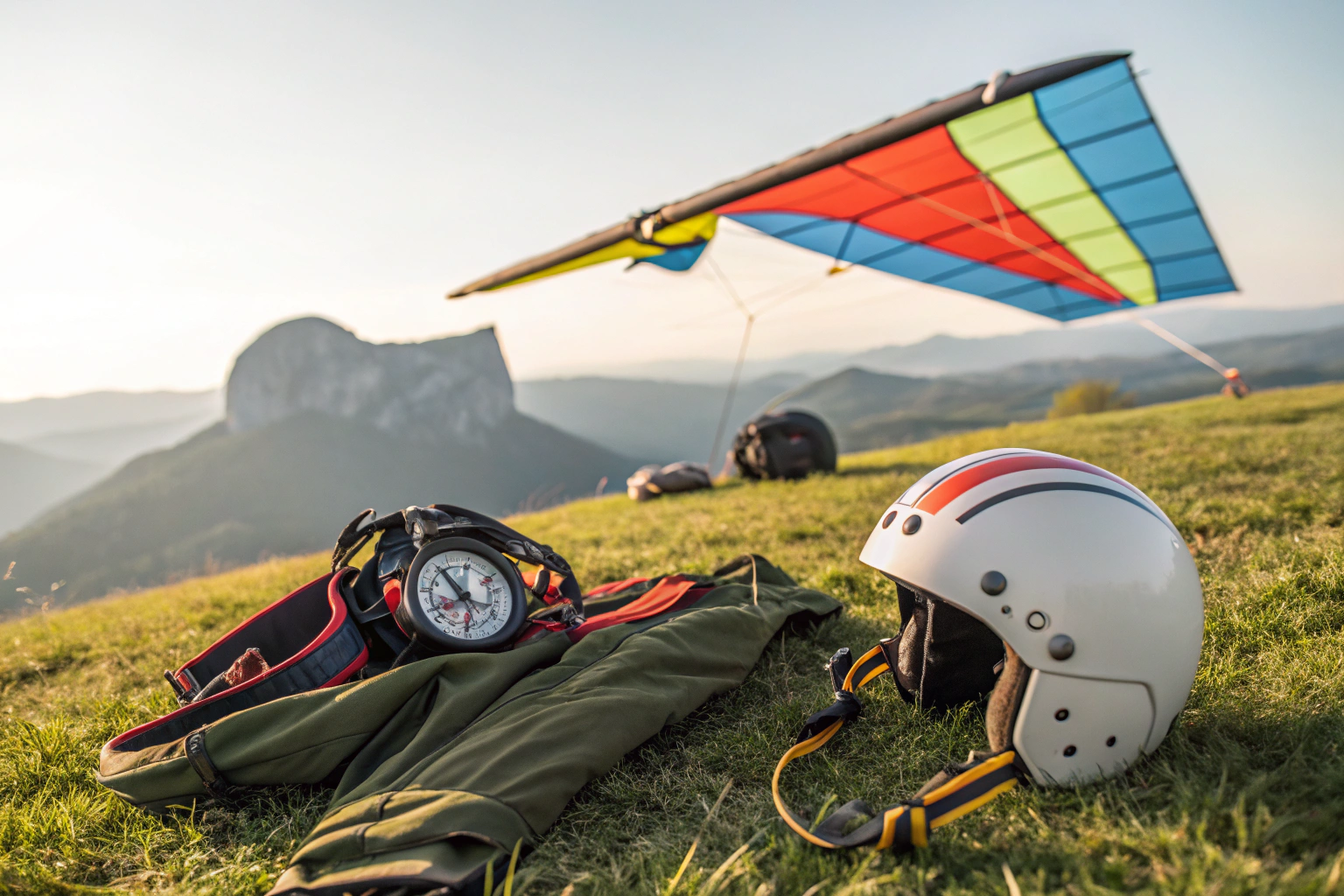
- Hang Glider (flex or rigid wing)
- Harness (so you don’t fall out)
- Helmet (very important)
- Reserve Parachute (for peace of mind)
- Variometer (tells you if you’re going up or down)
- Altimeter (tells you how high you are — always fun info to have)
- GPS & Radio (for navigation and chatting with ground crew)
Safety First (Because Gravity Always Wins)
- Get certified. The US Hang Gliding and Paragliding Association (USHPA) sets safety standards for a reason.
- Check your gear. Every. Single. Time.
- Know your weather. Boulder can go from sunny to stormy in a flash.
- Respect airspace. You’re near Denver’s busy air routes. Don’t be that guy.
- Fly with buddies. Spotters can save lives.
- Follow local regulations. Boulder’s Open Space rules are there to protect everyone — people and wildlife alike.
Do You Need to Be an Olympian to Hang Glide?
Not at all. You do need:
- Decent fitness (for takeoff and landing)
- Good coordination
- The ability to follow instructions and stay calm
- A bit of courage (okay, maybe more than a bit)
If you can hike a trail and jog a few steps, you can likely handle the physical side. The mental side? Well, that’s what lessons are for.
Be Kind to Boulder While You Fly
We all love Boulder’s stunning landscapes — let’s keep it that way:
- Pack out your trash.
- Stay on designated trails.
- Avoid disturbing wildlife (they live here full-time).
- Fly respectfully and follow etiquette.
Other Awesome Stuff to Do in Boulder (For Non-Flying Days)
- Hike Chautauqua Park or Royal Arch Trail.
- Climb in Eldorado Canyon.
- Bike Betasso Preserve.
- Grab a latte on Pearl Street.
- Reward yourself with a Boulder craft beer (after you land, of course).
Final Thoughts: Time to Fly!
Hang gliding in Boulder is a bucket-list experience you’ll never forget. Whether you’re here for your first tandem flight or looking to master cross-country flying, Boulder offers some of the best conditions, most beautiful views, and friendliest flying communities around.
So what are you waiting for? Grab your wing, take a deep breath, and run toward the edge — the sky is calling.
There you go!
A fun, friendly, slightly humorous version that keeps your audience engaged while still delivering all the valuable info.

